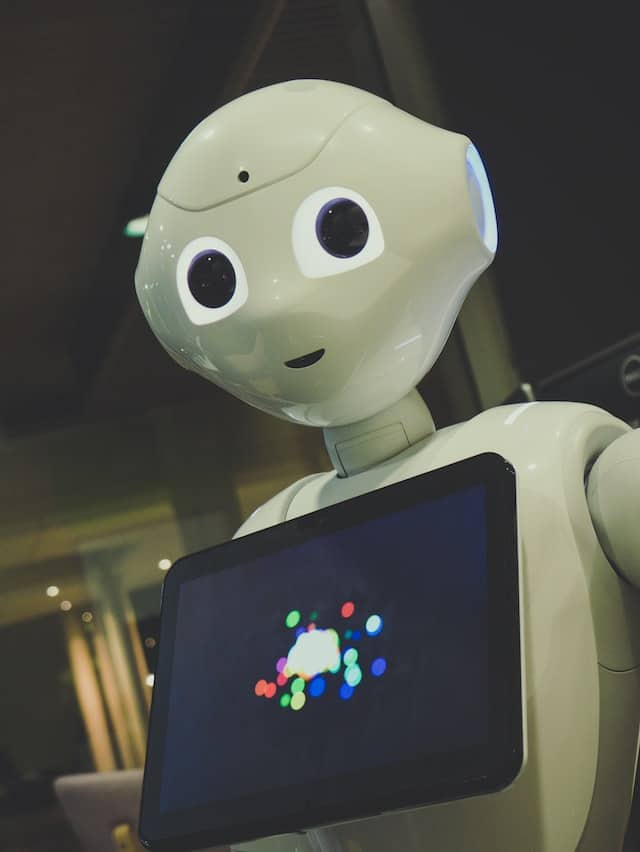How Artificial Intelligence Labeling is Used Today
In today’s world, artificial intelligence is utilized for a variety of purposes in everyday life and business, from tracking and marking user habits to managing employee data and automating workflows. The current market features many labeling tools, each with its own strengths and weaknesses depending on the type of data. Some tools excel with video while others are better with text. This is why human counterpoints and additional code often exist in support of the intelligence, to maintain quality and ensure data is labeled correctly and input efficiently.
This scenario, along with future possibilities, is easy to imagine if you think of a translator app. These apps are highly beneficial but also notoriously imperfect. As they stand, the application software’s intelligence has not yet learned and labeled enough text, audio, and other data points to perfectly translate idioms, colloquialisms, and other nuances between languages.
In the future, this technology may be sufficient on its own to flawlessly transcribe any conversation in any language without any human assistance on the backend—but in order to get there, we first need more labels for the AI to learn from.
Table of contents
AI Labeling in the Future
While artificial intelligence is already rapidly improving and growing in today’s world, people often look toward the coming years and how this technology will be used as society evolves.
In the near future, as overall AI labeling and data annotation grow more accurate and reliable, it will prove effective and efficient in rapidly increasing growth, innovation, and improvements in advancing technologies such as autonomous vehicle development and healthcare tools.
One of the concerns of the future will likely be the so-called “black box” problem. No matter how much data a machine is provided or how accurately it is able to output information, we must always be able to understand how it is providing these answers. If an AI system makes an unusual recommendation in a field such as healthcare, many professionals will be skeptical—and rightly so—if they do not understand what data points informed the decision.
Obstacles Along the Way
Developing AI to its current state has certainly been a long process full of challenges and trials. Moving into the next phases of AI labeling and learning will also bring forward new challenges and opportunities for growth.
As mentioned previously, understanding the why and how of AI decisions will always be crucial in its continued use. As often portrayed in movies and TV shows, with more advanced robotics, ethical questions will come into play regarding artificial intelligence.
Should this intelligence ever begin making choices based on logic that we as humans deem unethical or not good practice, corrections may be called for to maintain integrity, functionality, and viability. In the event that these ethical issues do arise, we as a society will have to navigate the appropriate course corrections on any errors and decide to what extent this technology should be used from that point forward.
Trust must always be maintained with AI systems in order for users to feel comfortable continuing with products utilizing AI, so continuing to push the technology forward in an ethical way will be vital.
Also Read: How to Label Images Properly for AI: Top 5 Challenges & Best Practices
A World of Possibilities

Whatever the future of AI labeling may look like, there are seemingly endless use cases for AI labeling technology to help make society more efficient and improve our future, although this advancement will not be without challenges and moral questions.
Despite these challenges and the limitations of data labeling today, technology is advancing faster than ever. Keep an eye out for many advancements in this field to come in what should be an exciting future of improved transportation, healthcare, and much more.











